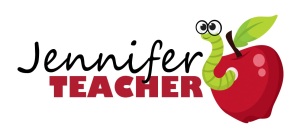Supporting English Language Learners through their comprehension and engagement in a text is vital if they are to come to a love of reading in English.
In preparing for a presentation on Supporting the ELL’s in our Ontario Classrooms, I was looking for current Canadian resources teachers can easily incorporate into their language arts curriculum for ESL students. One such resource I wanted to share right away was StorylineOnline. Storyline Online is a fabulous website that has popular English children’s picture books being read aloud by celebrities! How interesting. Not only can children experience a range of pronunciations by listening to books read aloud, they can increase their engagement in a text either in the class on the computer or at home.
I recommend choosing a text with a student and doing a “picture walk” with them through the book. Discussing the pictures helps students to make predictions, and it activates the schema they already have for the topic making learning more meaningful. You may want to ask them to share any experiences they have with the topic either orally or in writing. Go over any challenging or new vocabulary, idioms, slang, and cultural references in the book. Next, read it along with the student and let them have some time alone to read through it at their own pace if they’re able to do this. You can then pull up this resource Storyline Online and have them listen to the book alongside reading it. They may wish to do this a few times. Finally, choose a consolidation activity you feel will best match their learning goals and needs. This could be drawing pictures and describing their favourite part. Identifying parts of the story such as the main characters, plot, setting, etc. And one of my favourites is to have them change one of these parts and re-tell the story aloud.
Definitely check out this free online resource and let me know your thoughts! 🙂
One of my favourites? Harry the Dirty Dog ready by Betty White



